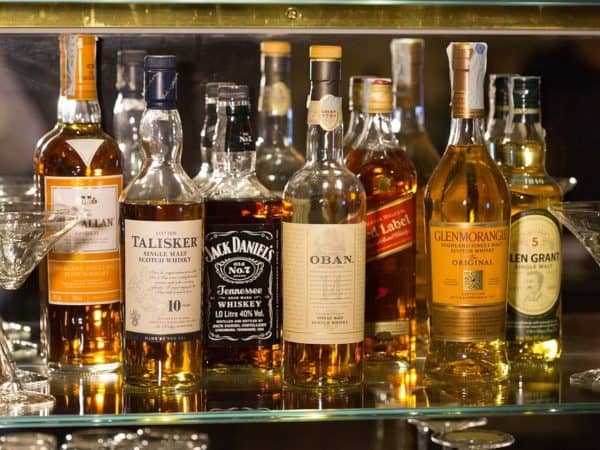
 ’Tis the season for a little imbibing, but for health officials across the country the message should be about the dangers of alcohol, a serious health concern in many parts of Canada.
’Tis the season for a little imbibing, but for health officials across the country the message should be about the dangers of alcohol, a serious health concern in many parts of Canada.
The city of Ottawa, for example, is in “crisis” mode about over-consumption of alcohol, says medical officer of health Dr. Isra Levy, who was recently spoke out on the glaring statistics in the city. Alcohol is said to play a role in 20 emergency room visits, 15 court appearances and five hospitalizations every day, along with one death every three days, according to the Ottawa Citizen.
“In a different kind of context this would be sensationalist, front-page tabloid, and serious communication to the community as a major crisis,” said Levy, who feels that there is both societal and corporate pressure against the idea of curtailing personal freedoms when it comes to drinking. “I have said repeatedly over the years, I’m not a prohibitionist,” said Levy. “I get called a prohibitionist when I talk about the fact people end up dead because of alcohol.”
So far, the prevailing approach has been for health agencies to go public with low-risk drinking guidelines, like those put out by the Canadian Centre on Substance Abuse, which caution people to “know your limits” when it comes to drinking.
Not enough, say many health experts, who want to see alcohol manufacturers put warning labels on their products similar to those currently on cigarette packaging. “Alcohol use is linked to over 200 health conditions and the majority of adult Canadians drink alcohol,” said Public Health Ontario’s Dr. Erin Hobin in conversation with CTV News.
“There’s very low awareness among Canadians about the link between alcohol and health,” says Hobin whose organization earlier this year put out a survey showing that the majority of Canadians would be supportive of adding warning labels to alcohol products. The survey found that the most effective warning labels on booze bottles were the ones that included graphic images of the effects of alcohol, including one of a yellow-skinned woman in a hospital bed, suffering from jaundice and cirrhosis of the liver. “It is a pretty extreme image,” says Hobin.
Labelling advocates are likely to meet vocal resistance from beer, wine and spirits producers, however, just as the tobacco industry previously lobbied heavily against the inclusion of warning labels and – in some countries – plain packaging for cigarettes, both of which are thought to lower public interest in the products themselves.
Now, a new study by researchers at Saint Mary’s University in Halifax, Nova Scotia, provides more proof that warning labels and plain packaging on alcohol bottles actually work in dampening consumer interest.
Researchers showed to study participants a variety of spirit, wine and beer bottles, decked out with warning labels covering either 50, 75 or 90 per cent of the label surface, along with other labels that had no images but only text (plain packaging). Participants were asked to rate the items in terms of (visual) assessment of the product, thoughts on how other consumers might rate the product and how boring the product seemed.
Researchers found that study participants consistently gave the lowest ratings to the products with the larger warning labels and those with plain packaging. The plain packaging also turned out to do the best job at focusing participants’ attention on the health warning itself.
“This study shows that plain packaging and warning size (similar to the graphic warnings on cigarette packages) affect perceptions about alcohol bottles,” say the study’s authors. “It also shows that plain packaging increases the likelihood for correct health warning recognition, which builds the case for alcohol warning and packaging research and policy.
The new study is published in the Journal of Studies on Alcohol and Drugs.
Leave a Reply
You must be logged in to post a comment.



 Share
Share Tweet
Tweet Share
Share




Comment